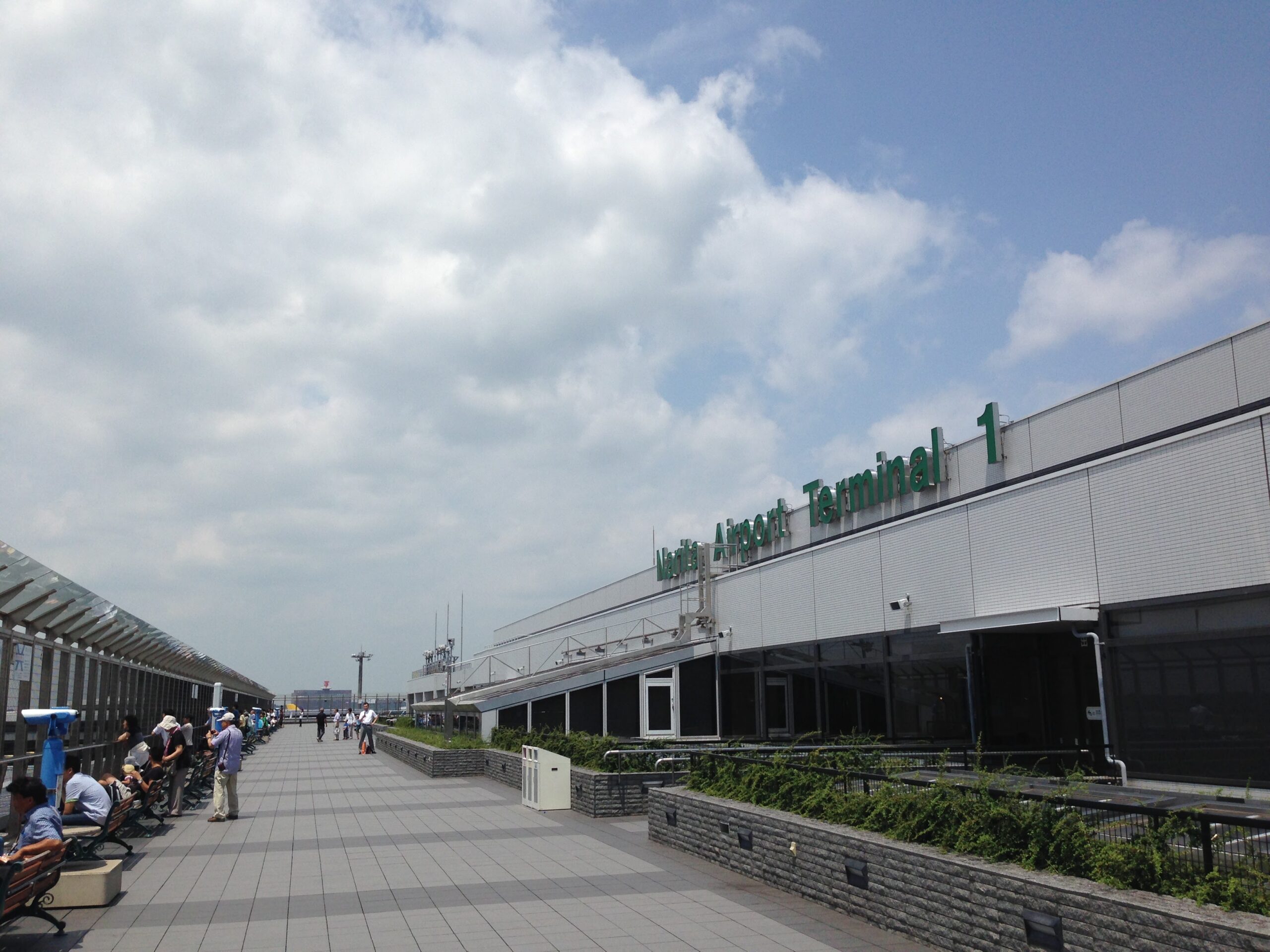The other day, there was news that the Narita International Airport Company (NAA) presented a terminal reorganization at an opinion exchange meeting with the local government. Although the completion date is undecided, the concept of consolidating the current three terminals into one means that the current Narita International Airport will be greatly transformed. At the moment, the third runway, the C runway, is scheduled to be completed in 2029, and no plans have been made public since then, but this time, I have my own predictions about how to proceed with the rebuilding of Narita International Airport.
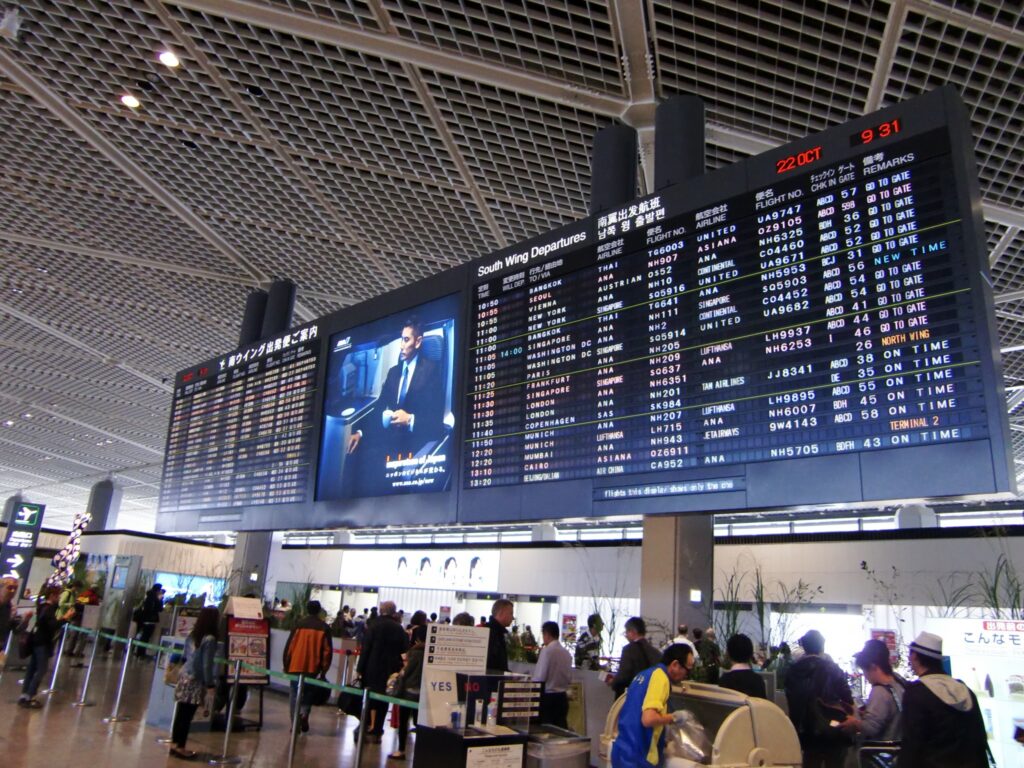
0. There is no vacant land in the present Narita Airport
In order to construct a new terminal without interrupting airport functions, it is realistic to construct a new terminal while operating the existing terminal. At present, there is no vacant land large enough to build a terminal on the premises of Narita International Airport. Therefore, it is considered that the new terminal will not be built soon, as announced.
1.Relocation of cargo terminal
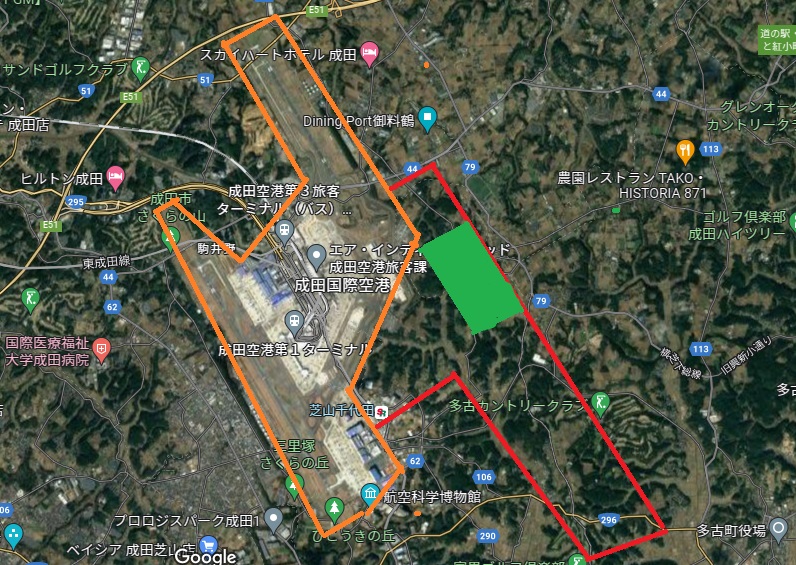
When the C runway is completed in 2029, a vast site will be created between the B and C runways. My guess is that the cargo terminal will be relocated here. By doing so, we will be able to secure a large site on the north side of the current Terminal 1. Looking at other airport facilities, for example, at Incheon International Airport and Los Angeles International Airport, there were cases where the airport terminal building and the cargo terminal were built across the runway. Also, if a cargo terminal is built in a newly developed area, it can be operated simply by constructing a road. If a new passenger terminal building were to be constructed in this area, it would require the laying of a railway line, which is expected to increase the construction period and costs. Furthermore, the distance from the A runway increases the distance of the ground roll, which leads to operational problems. Therefore, it is likely that the newly created area will become a cargo terminal. According to the author’s predictions, after the C runway is completed, explanations will be given to neighboring municipalities, and construction will start in early 2030 and be completed around 2035.
2. Construction of a new terminal at the cargo terminal (Phase 1)

A cargo terminal will be constructed on the east side of the newly constructed airport, and after the cargo handling function has been transferred, the demolition of this building will begin. Assuming the transfer to a new facility around 2035, a new terminal building will be constructed after a period of about five years, and operation is expected to start around 2040. On the other hand, since this terminal building alone cannot meet the capacity of the current three terminals, it is expected that rebuilding will be carried out sequentially by “scrap and build”. The first to move into this new terminal building is expected to be an airline that uses Terminal 1. On the other hand, we expect that the departure lobby, where the check-in counters are lined up, will start operating as a temporary residence. This is because the main building of the actual terminal building will be built on the site of Terminal 1.
3. Demolition of Terminal 1 and construction of new terminal (Phase 2)
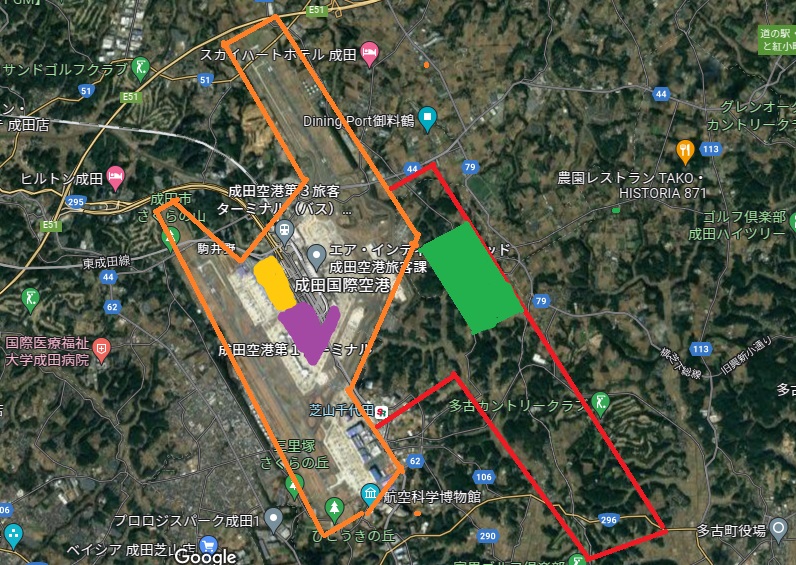
Although Terminal 1 has undergone renovations, it is the first terminal building to be demolished as it is dilapidated due to the diversion of the building from the time the port opened in 1978. In the case of scrap and build, the central part where Terminal 1 is located occupies the largest area, and we believe that this will be the main building of “ONE Terminal”. Demolition is expected around 2040 and completion around 2045. After completion, I expect that airlines other than LCC will be transferred here.
4. Demolition of Terminal 2 and construction of a new terminal (Phase 3)
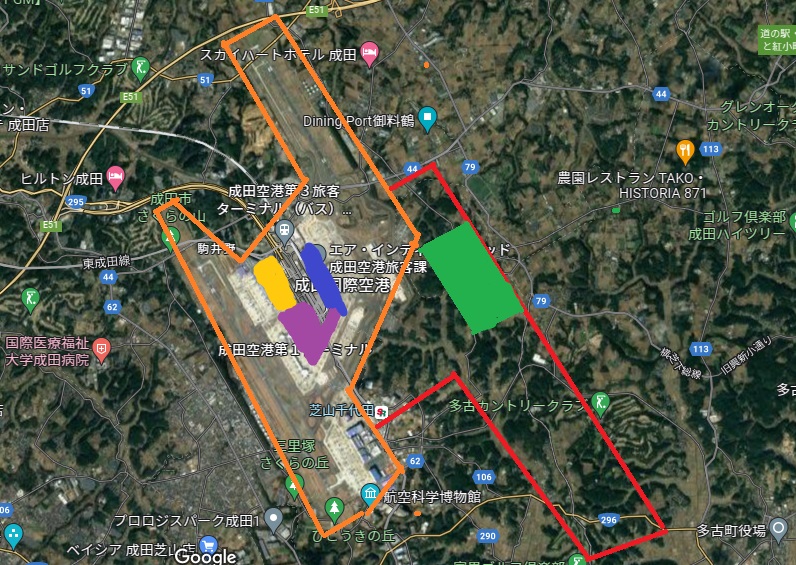
After non-LCC airlines are transferred to the new terminal, it is expected that a dedicated LCC terminal will be built on the site of Terminal 2. This is the latest, estimated around 2050. This completes the “ONE Terminal Concept”.
5. Dismantling of maintenance area and construction of satellite terminal (Phase 4)
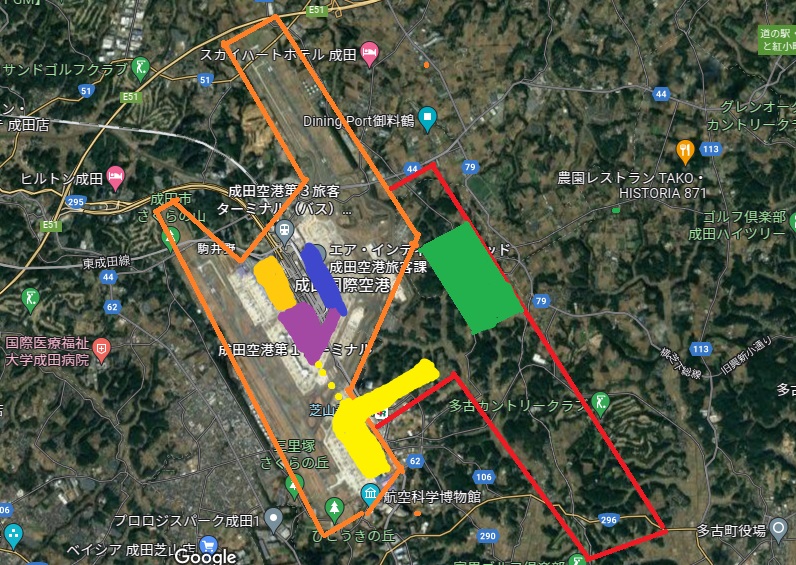
If passenger demand increases further, the site around ONE Terminal has already been developed and there is no place to build a new building. On the other hand, if you want to increase the number of spots, satellite terminals will be effective. Therefore, it is possible to relocate JAL and ANA’s maintenance facilities on the south side of the airport site to the new cargo terminal side and build a satellite terminal on this site. It is necessary to run a dedicated new transportation system underground between the main building and the satellite terminal, but unlike a railway that runs directly into Tokyo, construction is not very difficult.
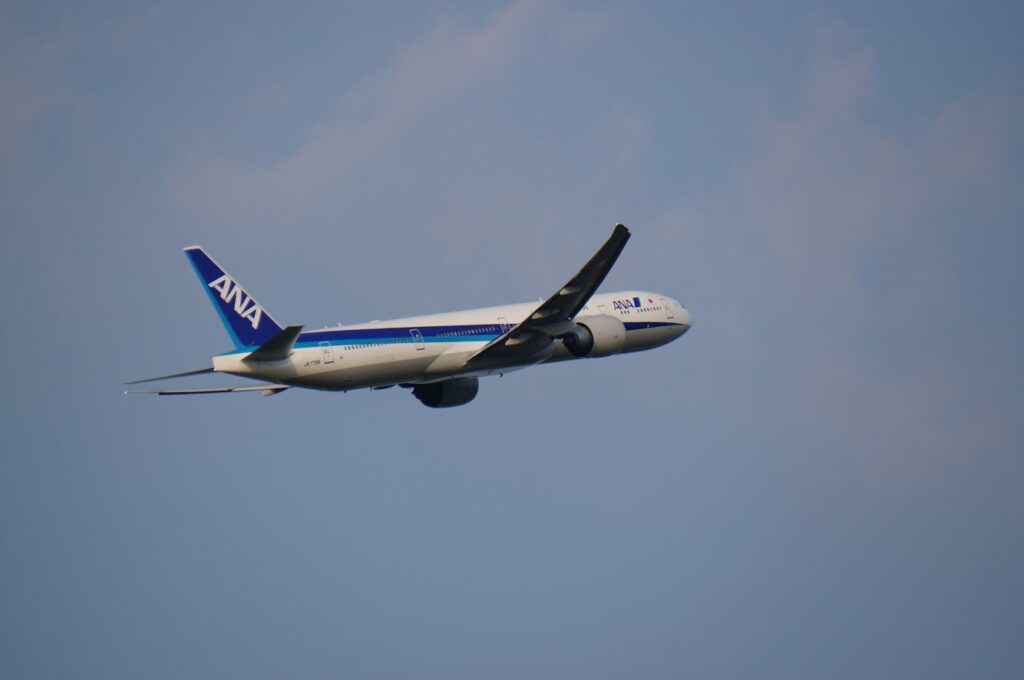
We can’t take our eyes off the reorganization of Narita International Airport, where new land will be created along with the construction of runway C, and a new terminal building will be built in a “pool”.
